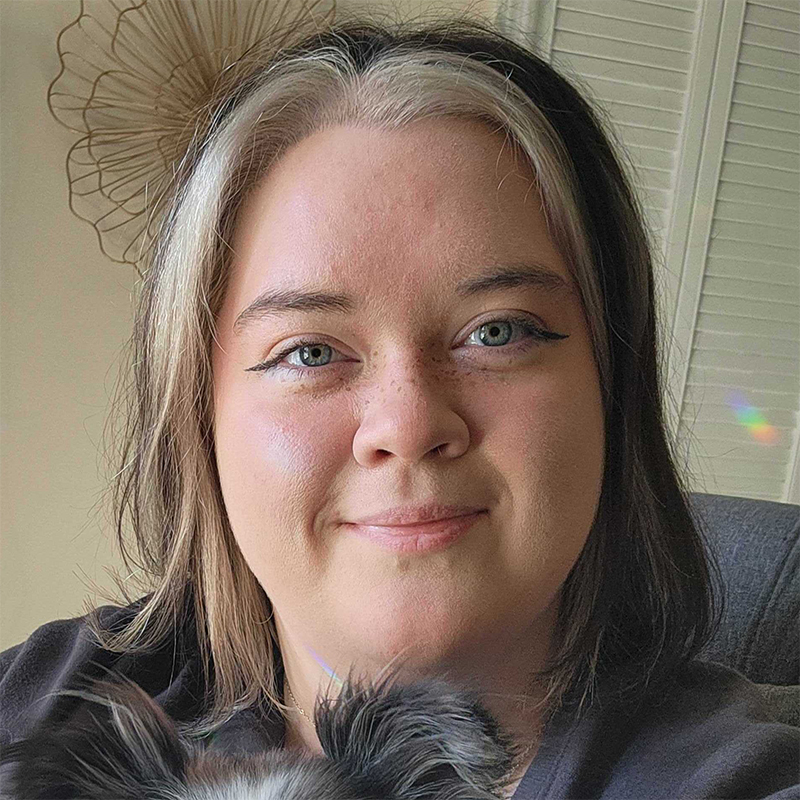When you qualify for Medicare Part A or B, you will also automatically qualify for Medicare Part D. This subset of Medicare is available to individuals who may need assistance with prescription medicine. Medicare Part D insurance may also be called “PDPs” by some. While it will cost an additional premium per month, it will cover most prescription medications. As of 2016, generic medications cost an average of $2.95 each and most brand-name drugs are covered for approximately $7.40 each.
Medicare Part D vs. Medicare Advantage
While you can purchase Medicare Part D as a separate plan after purchasing both Part A and B (original Medicare), another option is to purchase a Medicare Advantage plan. Medicare Advantage plans cover parts A, B, and D, so there is no reason to buy each part separately.
Unfortunately, you will have to sign up for this plan at some point between October 15th and December 7th each year. Your coverage will begin January 1st of the following year if there are any changes made. Before making a decision, you should consider all of your drug coverage options thoroughly. Read all of the materials you get from your insurer or plan provider, and make sure to ask plenty of questions.
Medicare Part D vs. Medicare Part B
If you’re wondering what the differences are between Medicare Part B and Part D, you’re not alone. While Part B covers some medications, the options are very limited. It fails to cover most prescription medications, so it’s important to join a prescription plan such as Medicare Part D to make sure you have full coverage.
How much does Medicare Part D Cost?
When it comes to drug coverage, there are various aspects that affect the cost. Your monthly premium, yearly deductible, copayment or coinsurance, coverage gap, and catastrophic coverage will all affect the cost per month. Much of the cost is based on your tax returns, and whether you’re an individual or married.
There are many options for how to pay the premium each month that make it easy for any situation. The amount can be automatically deducted from your checking or savings account or you can charge it to a credit or debit card. Alternatively, you can pay it yourself by having a bill sent to your home. Finally, you can choose to have funds withheld from your Social Security payment.
What prescriptions are covered?
The specific drugs that are covered by Medicare depend on which plan you choose to purchase. This list is called the formulary. Plans will usually cover both generic and brand-name prescription drugs, although Medicare plans aren’t required to cover certain drugs, such as drugs for weight loss/gain or erectile dysfunction.
To lower costs, there are certain “tiers” that provide cheaper medication based on the different types. For example, Tier 1 costs the least because it is comprised of generic drugs. Tier 2 is preferred brand-name drugs, which cost slightly more than Tier 1. Finally, Tier 3 costs the most because it includes the non-preferred brand-name drugs.
Generally, the plans will cover a 30-day supply for most medications. So, if your doctor has prescribed two tablets per day for heartburn, you will receive 60 tablets per month to be covered through Medicare. Alternatively, some plans will cover a three-month supply. You can speak to your pharmacist or your plan provider to find out what your quantity limits are and which options are right for you.
What if my medication isn't covered?
Some medications require prior authorization before Medicare will cover them. This means the plan will cover the drug, but your doctor or prescriber must first prove that it’s absolutely medically necessary for you to have the medicine. Your pharmacy will usually be able to handle prior authorizations, but contacting your plan will assist your prescriber in making this process as easy and smooth as possible.
If you are taking a medication that is not covered by your plan, most prescription plans will give you a temporary one-time supply for your current medications during your first 90 days in a plan. This is to give you enough time to find a replacement for the medication that is covered under your new insurance plan. If you’ve already tried similar drugs on your plan’s drug list and they didn’t work, your prescriber can deem that it’s medically necessary that there be an exception. This may persuade your plan into covering your medication, but only if it’s absolutely necessary.
How do I enroll?
If you have more questions or wish to enroll in Medicare, you can call 1-800-MEDICARE. Not only will this allow you to sign up for a Medicare plan, but you can also receive an in-depth explanation of all of the different types of plans that are available to you.



